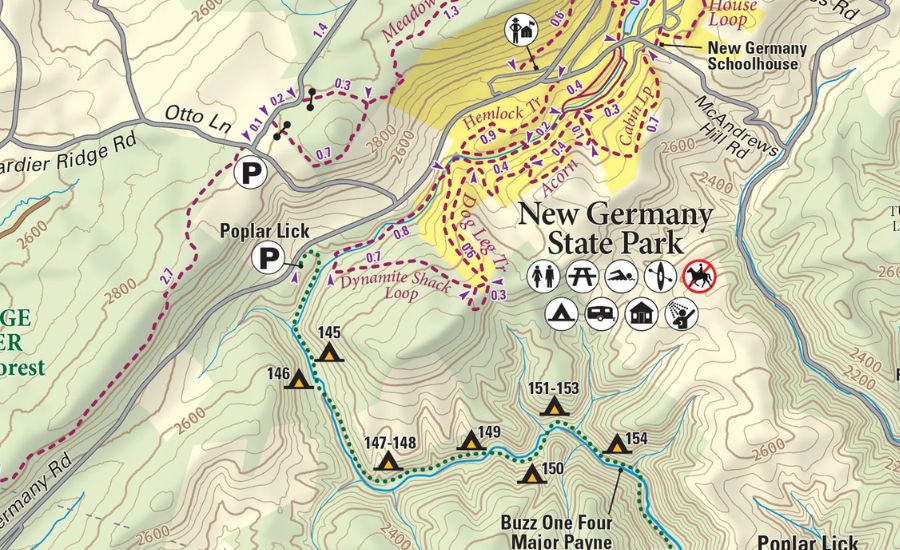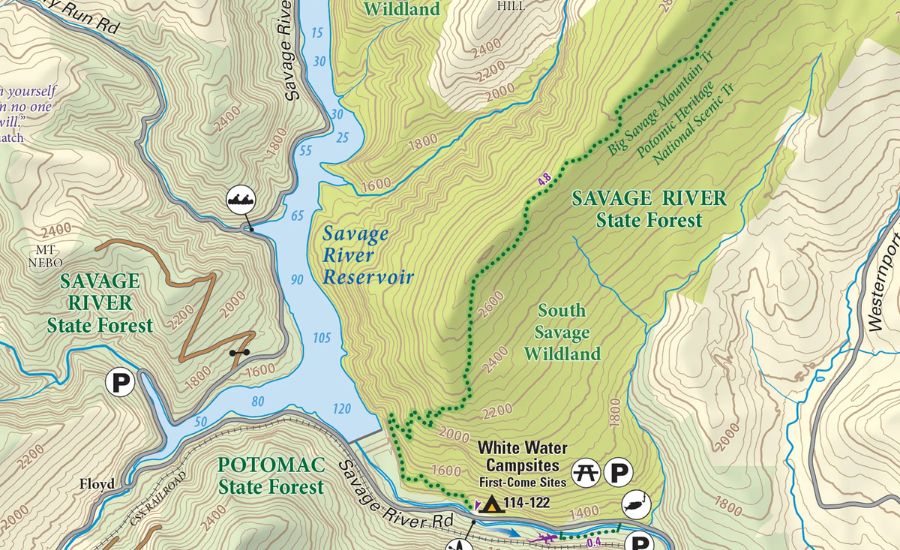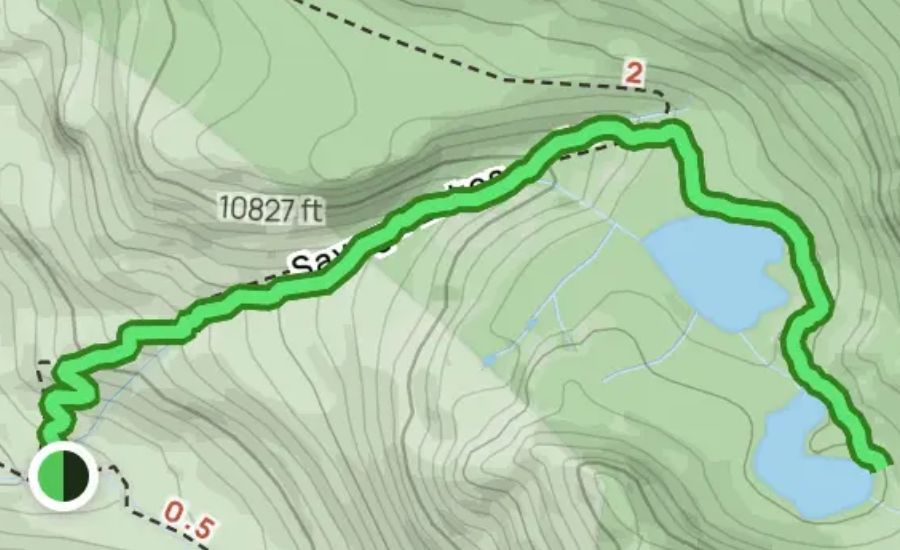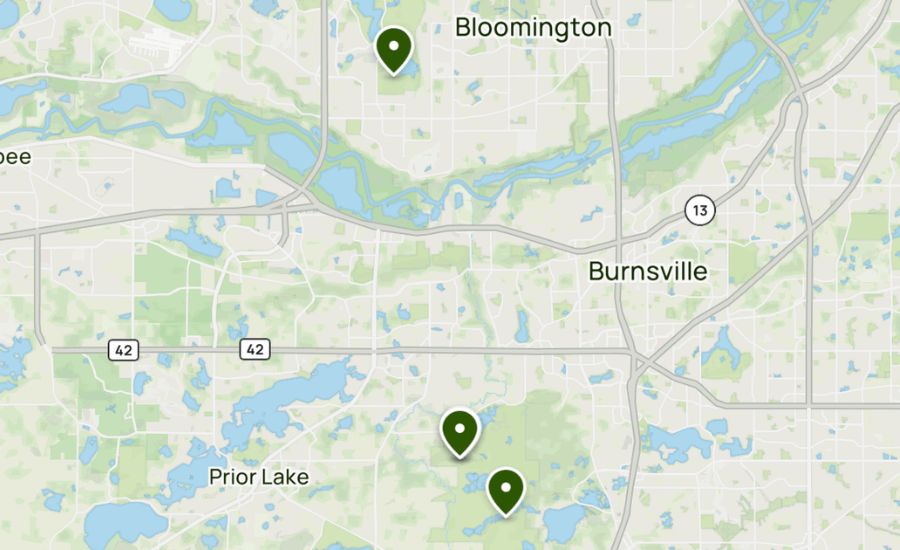Savage Trails Ohv Trail Map, enthusiasts, opportunity, open meadows, trails & More
Introduction
Off-highway vehicle (OHV) enthusiasts are always on the lookout for thrilling trails that combine adventure, scenic beauty, and a challenging terrain. The Savage Trails OHV Trail Map is a must-have resource for riders who are eager to explore some of the most exciting and versatile trails available. Whether you’re a seasoned off-roader or new to the world of OHV trails, the Savage Trails system offers something for everyone.
This article dives deep into the details of the Savage Trails OHV Trail Map, outlining the trails, tips for a safe adventure, and what makes this destination a favorite among OHV riders.

What is the Savage Trails OHV System?
The Savage Trails OHV system is a network of trails designed for off-highway vehicles, including ATVs, dirt bikes, UTVs, and 4×4 vehicles. Located in a region known for its rugged terrain and breathtaking views, Savage Trails offers riders an opportunity to explore miles of wilderness while tackling various challenges, from steep climbs to rocky descents.
Key Features of Savage Trails
- Trail Variety: A mix of trails ranging from beginner-friendly routes to advanced paths for experienced riders.
- Diverse Terrain: Trails feature forested paths, rocky outcrops, open meadows, and steep inclines.
- Marked Trails: Clear signage and maps make it easy to navigate the trail system without getting lost.
- Seasonal Access: Depending on weather conditions, the trails may be open year-round, though some routes close during the wet season to preserve the environment.
Understanding the Savage Trails OHV Trail Map
The Savage Trails OHV Trail Map is a detailed guide that helps adventurers plan their routes effectively. It includes information on trail difficulty levels, landmarks, access points, and nearby amenities. Here’s a breakdown of the components typically found on the map:
Trail Classifications
The trails are divided into three main categories based on difficulty:
- Beginner Trails:
- Ideal for new riders or families.
- Smooth paths with minimal elevation changes.
- Examples: Flat Creek Trail, Meadow Ridge Loop.
- Intermediate Trails:
- Designed for riders with moderate experience.
- May include loose gravel, moderate inclines, and narrow passages.
- Examples: Ridge Runner Trail, Pinewood Crossing.
- Advanced Trails:
- Challenging terrain with steep inclines, large rocks, and tight turns.
- Suitable for experienced OHV riders.
- Examples: Canyon Descent, Boulder Path.
Points of Interest
The trail map highlights key points of interest, including:
- Scenic viewpoints for photography.
- Camping sites and rest areas.
- Water crossings and notable trail features.
Facilities and Services
The map also lists nearby amenities such as:
- Parking areas for trailers and OHVs.
- Fuel stations and repair shops.
- Restrooms and picnic areas.
What Makes a OHV Trail Map?
A well-designed Savage Trails OHV Trail Map is more than a simple guide—it’s an indispensable tool for adventurers seeking a safe, enjoyable, and immersive experience in the wild. Here’s what sets a top-tier trail map apart:

1. Clear and Intuitive Design
The map must present information in a way that is easy to understand, even at a glance. Essential features include:
- Clearly Marked Trails: Paths should be visibly highlighted with designations for difficulty levels, such as beginner, intermediate, or advanced.
- Landmarks and Points of Interest: Features like scenic viewpoints, water bodies, or rest areas should be prominently marked.
- Obstacles and Hazards: Icons or symbols can identify potential challenges, such as steep hills, water crossings, or rocky terrain, so riders can prepare in advance.
2. Accurate Scale and Distance Representation
Understanding the scale is vital for planning the adventure. A precise representation of distances allows riders to:
- Estimate travel time on specific trails.
- Plan breaks and refueling stops.
- Assess whether a route aligns with their skill level and endurance.
3. Elevation Details
Elevation changes are critical for off-highway vehicle (OHV) enthusiasts as they affect the technical difficulty and energy required. Maps with elevation markers or contour lines help riders anticipate:
- Steep inclines and declines.
- Areas requiring additional safety measures or specific gear.
- Scenic high points worth a stop for photos or rest.
4. Integration of Local Regulations
A good trail map also educates users about the rules governing the area. This ensures safety and promotes environmental stewardship by:

- Highlighting restricted zones where OHV activity is prohibited.
- Outlining permissible routes for different vehicle types.
- Providing guidance on speed limits and noise control measures.
5. Sustainability and Preservation Focus
A high-quality trail map emphasizes responsible use of the terrain. This is achieved by including tips or reminders such as:
- Staying on marked trails to prevent environmental degradation.
- Respecting wildlife and natural habitats encountered along the way.
- Leaving no trace—packing out all trash and minimizing disruption to the environment.
Top Trails in the Savage Trails OHV System
To help you make the most of your adventure, here are some of the top trails highlighted on the Savage Trails OHV Trail Map:
1. Flat Creek Trail
- Difficulty: Beginner
- Distance: 4 miles
- Description: This trail is perfect for new riders and families. It meanders through a lush forest, offering shaded paths and a tranquil atmosphere.
2. Pinewood Crossing
- Difficulty: Intermediate
- Distance: 6 miles
- Description: A mix of open meadows and forested sections, this trail includes moderate elevation changes and a few rocky patches.
3. Canyon Descent
- Difficulty: Advanced
- Distance: 8 miles
- Description: Not for the faint of heart, this trail features steep descents and rocky terrains, testing your skills and your vehicle’s capabilities.
4. Boulder Path
- Difficulty: Advanced
- Distance: 5 miles
- Description: A short but extremely technical trail, Boulder Path challenges even the most seasoned riders with its large boulders and narrow paths.
Tips for Using the Savage Trails OHV Trail Map
Navigating an extensive trail system like Savage Trails requires preparation and attention to detail. Here are some tips to make your journey safe and enjoyable:
1. Plan Ahead
- Review the trail map before heading out to familiarize yourself with the routes and their difficulty levels.
- Choose trails that match your skill level and the capabilities of your vehicle.
2. Check the Weather
- Weather can significantly impact trail conditions. Avoid trails with water crossings during heavy rain.
- In the event that a trail is closed, always have a backup plan due to weather or maintenance.
3. Bring Essential Supplies
- Carry a physical copy of the trail map along with a GPS device for navigation.
- Pack food, water, first-aid supplies, and basic repair tools for your vehicle.
4. Follow Trail Etiquette
- Stay on designated trails to protect the environment.
- Yield to hikers and slower vehicles.
- Avoid excessive speed, especially near populated areas or sharp turns.
Safety Considerations
Although off-roading can be thrilling, there are risks involved. The following safety advice will guarantee a comfortable ride:
1. Inspect Your Vehicle
Before setting out, check your OHV for any mechanical issues. Ensure your tires are properly inflated, and all safety features, like brakes and lights, are functioning.
2. Wear Proper Gear
Always wear a helmet, gloves, goggles, and sturdy boots. Advanced riders tackling challenging trails may want to consider additional protective gear.
3. Travel in Groups
Solo riding can be risky. Traveling with others ensures help is available in case of an emergency.
4. Stay Updated
Trail conditions can change rapidly. Check with local authorities or trail managers for updates on closures, hazards, or maintenance work.

Why Savage Trails is a Must-Visit for OHV Enthusiasts
The Savage Trails OHV system is more than just a collection of paths—it’s a destination that offers unparalleled experiences for adventurers. Here’s why it stands out:
1. Natural Beauty
The trails are set against a backdrop of picturesque landscapes, ranging from dense forests to wide-open vistas. Riders often pause to soak in the beauty and capture stunning photos.
2. Community Vibes
Savage Trails attracts a vibrant community of OHV enthusiasts. Whether it’s sharing trail tips or participating in group rides, the camaraderie is a highlight for many visitors.
3. Accessibility
With a variety of trails catering to all skill levels, Savage Trails is welcoming to beginners while still offering plenty of challenges for experts.
Sustainability and Conservation
As more people explore the Savage Trails OHV system, preserving the environment becomes a priority. Here’s how riders can contribute:
- Stay on Trails: Avoid creating new paths, which can harm local ecosystems.
- Pack It In, Pack It Out: Remove all rubbish without leaving any evidence behind.
- Respect Wildlife: Observe animals from a distance and avoid disturbing their habitats.
Conclusion
The Savage Trails OHV Trail Map is an essential tool for anyone looking to explore this incredible network of trails. With its detailed information and user-friendly design, it ensures that riders of all skill levels can navigate the terrain safely and efficiently. From the serene Flat Creek Trail to the heart-pounding Boulder Path, the Savage Trails system offers something for everyone.
Whether you’re chasing thrills or simply looking to connect with nature, Savage Trails is a destination that promises unforgettable adventures. So grab your trail map, gear up, and get ready to experience the ride of a lifetime!
FAQs About Savage Trails OHV Trail Map
1. What is the Savage Trails OHV Trail Map?
The Savage Trails OHV Trail Map is a comprehensive guide that provides detailed information about the off-highway vehicle (OHV) trails within the Savage Trails system. It includes trail routes, difficulty levels, points of interest, and facilities to help riders navigate and plan their adventure.
2. What types of vehicles can be used on Savage Trails?
The trails accommodate various off-highway vehicles, including:
- All-Terrain Vehicles (ATVs)
- Utility Terrain Vehicles (UTVs)
- Dirt bikes
- 4×4 vehicles
3. Are there trails for all skill levels?
Yes! Savage Trails offers:
- Beginner trails for new riders and families.
- Intermediate trails with moderate challenges.
- Advanced trails for experienced riders seeking technical challenges.
4. Is the trail map easy to use?
Absolutely. The map includes:
- Clearly marked trails.
- Symbols indicating difficulty levels.
- Landmarks, access points, and facilities such as parking and restrooms.
5. Are there any fees to access Savage Trails?
Some trails may require permits or access fees to maintain and preserve the area. It’s best to check local regulations before your visit.
6. When is the best time to visit Savage Trails?
The trails are typically open year-round, but the best time depends on weather conditions:
- Spring and fall offer ideal temperatures and dry trails.
- Avoid heavy rains, as some trails may become muddy or unsafe.
7. What should I bring when riding on Savage Trails?
Recommended essentials include:
- A copy of the trail map (physical or digital).
- Safety gear: helmets, gloves, goggles, and sturdy boots.
- Water, snacks, and a first-aid kit.
- Tools for minor vehicle repairs.
8. Is camping allowed near Savage Trails?
Yes, many trails have nearby campgrounds or designated camping areas. These often include basic amenities such as restrooms and picnic tables.
9. Can I bring my family?
Definitely! Many trails are family-friendly, and there are beginner routes suitable for riders of all ages.
10. Are the trails environmentally friendly?
Savage Trails is committed to sustainability. Riders are encouraged to stay on marked trails, minimize environmental impact, and adhere to leave-no-trace principles.
Interesting Facts About Savage Trails OHV System
- Diverse Terrain: Savage Trails features everything from dense forests and open meadows to rocky paths and steep inclines, offering a versatile riding experience.
- Trail Length: The system includes dozens of interconnected trails spanning miles, with options ranging from short loops to extended routes.
- Wildlife Habitat: The trails pass through areas rich in wildlife, so riders may encounter deer, foxes, and various bird species.
- Scenic Lookouts: Many trails have designated viewpoints where riders can take in breathtaking vistas of the surrounding landscapes.
- Community Events: Savage Trails frequently hosts OHV events, including group rides, trail clean-ups, and skill workshops.
- History of the Trails: Originally used as logging roads, many of the trails have been repurposed and maintained for recreational use.
- Year-Round Access: While some trails may close during severe weather, most remain accessible in every season, allowing for a variety of riding experiences.
- Trail Difficulty Markers: The system uses an intuitive color-coded system, similar to ski slopes, to indicate trail difficulty (green for easy, blue for intermediate, and black for advanced).
- Trail Maintenance: Volunteers and local organizations work tirelessly to maintain the trails, ensuring they are safe and enjoyable for riders.
- Tech-Enhanced Navigation: Some trails integrate with GPS apps, allowing riders to follow routes in real-time for a hassle-free experience.
For more Information About Informattion visit idealrular





